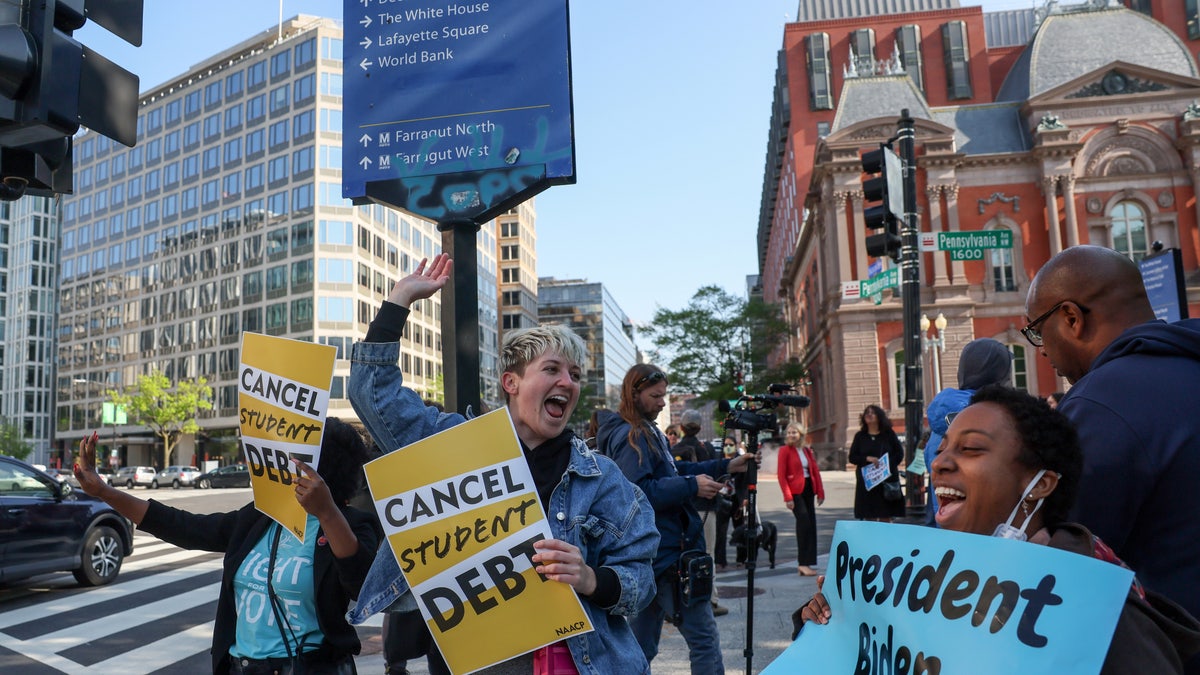Inflation falls slightly, but remains key issue after midterms
King’s College professor and Fox News contributor Brian Brenberg says prices ‘may’ have maxed out, but ‘we are nowhere near the finish line’ with inflation.
The national debt is on track to exceed record levels in the next few years. Inflation is at a 40-year high. We need to put in place a balanced, bipartisan debt-reduction plan to slow inflation, bring down the debt, and promote long-term economic growth – around $7 trillion in savings would be enough to keep the debt from growing out of control.
But given that the two parties are at each other’s throats and can barely agree on anything, let alone anything as hard as finding trillions of dollars in spending cuts and tax increases, that seems unlikely to happen anytime soon.
So how about we start with baby steps: what if members of Congress and the president agreed to no new borrowing for the rest of 2022. It’s just a mere 45 days.
INFLATION HITS HOLIDAY SEASON: TOY MAKERS UNVEIL SMALLER ITEMS PRICED BELOW $10 AS FAMILIES STRUGGLE
The national debt has exploded over the last few years, rising from about 80% of the economy in 2019 to 97% today. Under current law, we estimate it will grow further to 116% of output – 10 percentage points above the previous record set after World War II – in just a decade. Under a more pessimistic set of economic and policy assumptions – where politicians extend various expiring provisions – we find debt could reach 138% of the economy.

Activists demonstrate outside an entrance to the White House calling for the cancelation of student debt in Washington, U.S., April 27, 2022. REUTERS/Evelyn Hockstein
Some of the recent borrowing was justified, and indeed necessary, to support the economy during the pandemic and prevent what could have been the deepest economic downturn since the Great Depression.
But the responsible COVID-19 borrowing was sandwiched in between trillions of reckless unnecessary borrowing. Former President Donald Trump signed $7.5 trillion of new borrowing into law, or $4 trillion excluding COVID-19 measures. That $4 trillion was split about evenly between unpaid-for tax cuts and spending increases.
The Biden administration has continued the trend of adding to debt, approving about $5 trillion in new borrowing so far, including $1.9 trillion from the American Rescue Plan, $400 billion from the bipartisan infrastructure law, and the rest split between the irresponsible student debt cancelation, unpaid-for new veteran benefits, and other spending increases. Even when it came to COVID-19 relief, they went too far, spending far more than was necessary, which in turn fueled today’s high inflation. The only recent glimmer of hope, the $240 billion of hard-earned deficit reduction from the Inflation Reduction Act, was quickly wiped out by other deficit-boosting actions.
CLICK HERE TO GET THE OPINION NEWSLETTER
All of this borrowing has consequences. It helped raise inflation to its highest level in over 40 years. It’s leading interest rates to rise and interest costs to approach record levels. And over time, it will slow economic growth, reduce our capacity to tackle new challenges and emergencies, impose unnecessary costs on future generations, and exacerbate all sorts of geopolitical risks.
Sadly, politicians seem to want to move in the opposite direction. They’re now beginning discussion on a year-end budget deal that could dramatically expand the discretionary budget while extending, reviving, or enacting a series of tax cuts and spending increases. We’ve estimated these changes could add anywhere from $100 to $450 billion to the deficit next year, and from $650 billion to $3.3 trillion if extended over a decade.
CLICK HERE TO GET THE FOX NEWS APP
No politician who is worried about the debt or inflation can justify supporting this kind of a new debt bonanza. If they want to pay for the new policies, that is one thing. But they must draw the line at new borrowing to retrain a shred of credibility on the issue.
So let us hope it is not too much to ask that for the rest of 2022, a year when we never bothered to pass a budget and one in which we have already added $1.9 trillion in new borrowing (assuming the president’s possibly illegal student debt plan goes through), we can finally hit the brakes and agree to no new borrowing for the rest of 2022.






















